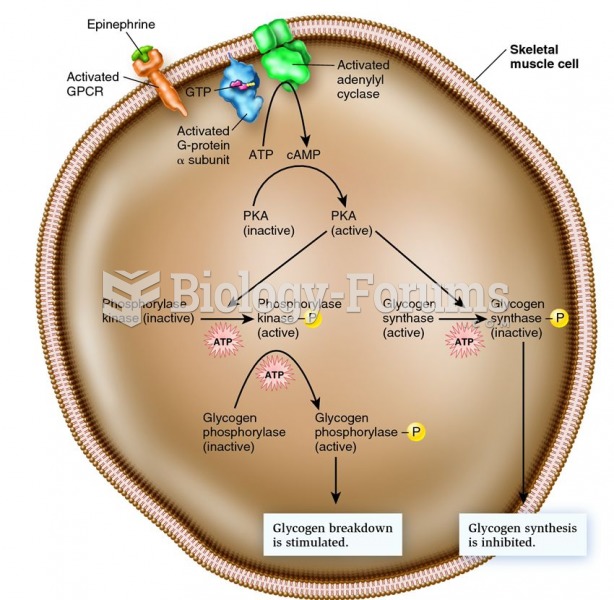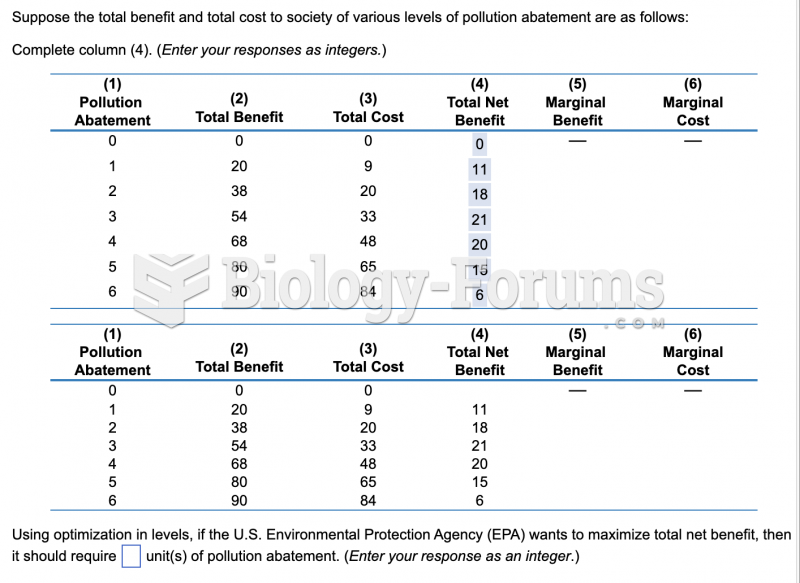Answer to Question 1
Posted another one can you check that one too? Thanks.
Answer to Question 2
The purpose of a stage-gate funnel is to establish a structured and coherent innovation process that both improves control over the product development effort and forces managers to make choices among competing new product development projects so resources are not spread too thinly over too many projects.
Initially, the funnel has a wide mouth (stage 1 ) to promote innovation and encourage as many new product ideas as possible from both new and established project managers. Companies establish a wide mouth by creating incentives for employees to come up with new product ideas.
New product ideas are submitted as brief written proposals for a cross-functional team of managers to evaluate. At gate 1, each product development proposal is reviewed in terms of its fit with the goals and strategies of the organization and chance of success in the market. Proposals that meet these criteria are passed on to stage 2, and the rest are rejected.
In stage 2, the prospective project manager must draft a detailed new product development plan that contains the detailed information that will allow the team of judges to decide whether or not to approve the idea and allow the new project managers to go ahead and pursue a full-blown product development effort. Included in the new product development plan should be factors such as strategic and financial objectives and a detailed development budget. Once completed, the plan is reviewed by a senior management committee at gate 2. Here the review focuses on a detailed look at the new product development plan and considers whether the proposal is attractive, given its market potential, and viable, given the technological, financial, and human requirements of actually developing the product. This review is made in light of all other product development efforts being undertaken by the organization. At gate 2, projects are either rejected, sent back for revision, or allowed to proceed to the development phase (stage 3).
The stage 3 development effort can last anywhere from six months to ten years, depending on the industry and product type.







